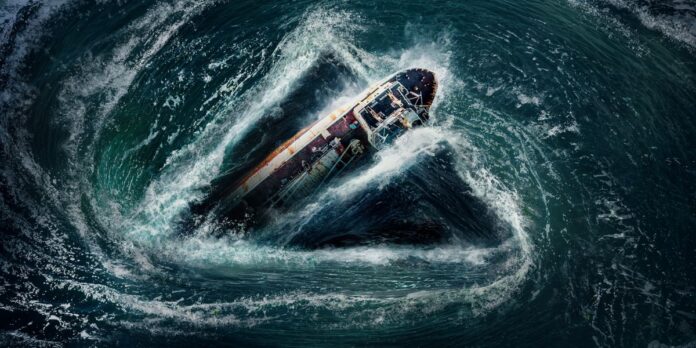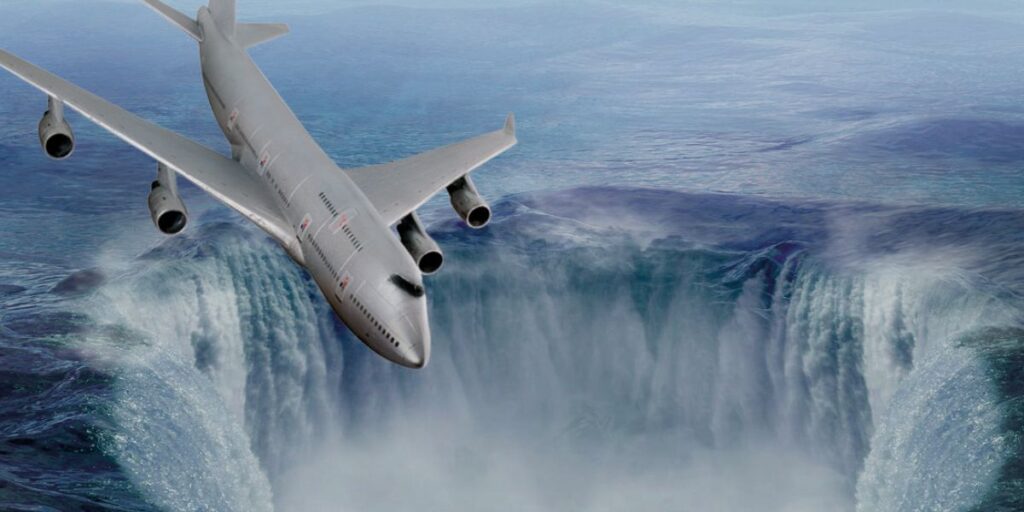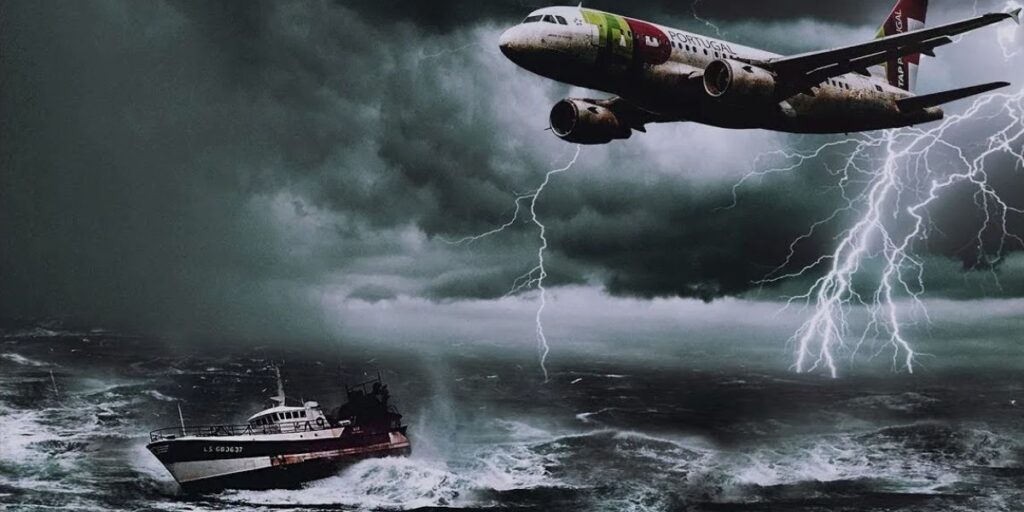The Bermuda Triangle, also known as the Devil’s Triangle, has long captured the imagination of adventurers, scientists, and conspiracy theorists alike. This enigmatic stretch of ocean between Miami, Bermuda, and Puerto Rico has been the backdrop for countless tales of vanished ships, airplanes, and unexplained phenomena. While the mysteries of the Bermuda Triangle continue to spark curiosity and speculation, what lies beneath its surface? Let’s delve into the facts and myths surrounding this intriguing area.
The Legend Unfolds
The legend of the Devil’s Triangle began to take shape in the mid-20th century when reports emerged of ships and aircraft disappearing without a trace. One of the most infamous incidents was the disappearance of Flight 19 in December 1945—a squadron of five U.S. Navy bombers that vanished during a training flight over the area. The subsequent search and rescue mission also led to the mysterious disappearance of a rescue plane, adding to the mystique of the Triangle.
Over the years, other incidents further fueled the myth of the Devil’s Triangle. Ships like the USS Cyclops and the Marine Sulphur Queen vanished without sending distress signals or leaving behind wreckage. Theories emerged, ranging from magnetic anomalies and methane gas eruptions to alien abductions and encounters with Atlantis. However, much of the supposed evidence for these theories lacks scientific rigor.
Separating Fact from Fiction
Scientific inquiry has sought to demystify the Devil’s Triangle. Researchers have highlighted that the area does not have an unusually high number of disappearances compared to other heavily traveled ocean regions. The U.S. Coast Guard and other agencies report that the number of incidents in the Devil’s Triangle is consistent with those in other parts of the world’s oceans.
One plausible explanation for some disappearances in the Triangle is its unique navigational challenges. The area is prone to sudden and severe weather changes, including powerful storms and waterspouts. Additionally, the Devil’s Triangle sits atop a major sea lane used by ships traveling between North America, the Caribbean, and Europe, increasing the likelihood of maritime accidents.
Natural Explanations
Scientists have also pointed to geological features within the Devil’s Triangle that may contribute to its reputation. The region lies near the Mid-Atlantic Ridge, where tectonic activity creates undersea earthquakes and volcanic eruptions. These events can trigger tsunamis and release methane gas from beneath the ocean floor, potentially causing ships to sink or planes to lose control.
Another phenomenon associated with the Triangle is compass variation—a discrepancy between true north and magnetic north. This can confuse navigational instruments and contribute to accidents. Moreover, the Gulf Stream, a strong ocean current flowing through the area, can quickly carry debris away from the site of an accident, making it difficult to locate wreckage.
The Human Element
Despite the allure of supernatural explanations, many disappearances in the Devil’s Triangle can be attributed to human error or mechanical failure. Pilots and sailors may encounter difficulties in the area due to its unique environmental conditions, including navigational challenges and unpredictable weather.
Furthermore, the increased public attention given to incidents in the Devil’s Triangle has contributed to a perception of heightened danger. This, in turn, has perpetuated the myth of a cursed or haunted area where the normal rules of physics seem to break down.
Navigating the Future
In recent decades, advances in technology have made it easier to investigate and monitor the Devil’s Triangle. Satellite imaging, GPS navigation, and improved communication systems have enhanced safety and reduced the likelihood of accidents. Furthermore, ongoing research into oceanography and meteorology continues to shed light on the natural forces at play within this area.
The Devil’s Triangle will likely remain a source of fascination and speculation for years to come. However, by applying scientific scrutiny and embracing technological advancements, we can demystify the phenomena associated with this unique region. As we unravel the secrets of the Devil’s Triangle, we gain a deeper understanding of the complexities of our planet’s natural environment.
Conclusion:
In conclusion, the Bermuda Triangle is a captivating enigma that invites exploration and investigation. While the allure of the unknown persists, the evidence points to natural causes and human factors behind the incidents attributed to this area. As we strive to uncover the truth, the legend of the Devil’s Triangle continues to remind us of the mysteries that lie beneath the waves.




